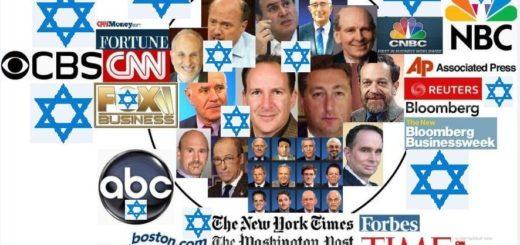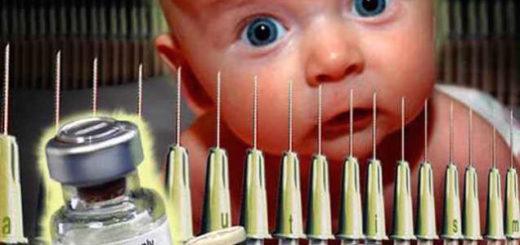The Inspector General’s report has confirmed that Hillary Clinton helped run a D.C child sex ring during her time as Secretary of State.
Buried on page 294 of the 500-page report were notes from FBI Agent Coleman, who discovered evidence of “crimes against children” by Hillary Clinton and her Foundation.
The FBI investigator claims he debriefed former director James Comey on the evidence after being notified of crimes from the FBI’s Criminal Investigative Division.
See page 294 in the screenshot below, entitled, “Hillary Clinton & Foundation Crime Against Children”:
https://youtu.be/UsB4gCvY91U
The full report reads as follows:
Coleman told us that he kept regularly took notes in a journal. Coleman’s notes from October 4 contained the following entry:
(1) Anthony Wiener [sic]
(2) [Unrelated]
(3) Wiener [sic] – texting 15 yo – Sexually Explicit
9/26 – Federal SW – IPhone/IPAD/Laptop
Initial analysis of laptop – thousands emails
Hillary Clinton & Foundation
Crime Against Children
We asked Coleman about these notes and he told us that, given their placement in his notebook, the notes would most likely represent information he was briefed on first thing in the morning by his subordinates in the Criminal Investigative Division. Coleman stated that he may have passed this information to other FBI executives after the morning briefing with the Director, but he could not remember if that occurred here.
Comey told us that he did not recall the briefing by Coleman reflected in his calendar. We asked Comey if this briefing could have been the time in early October that he recalled being told about the connection between Midyear and the Weiner investigation. Comey stated:
It’s possible, possible this is what is knocking around in the back of my head, but I really, see I know the frailty of memory from having done a lot of this work, at least in my memory it’s much more of an informal than a meeting about it, but it’s possible.
We showed Coleman’s notes from October 4 to Comey. Comey did not recall being briefed on the information contained in the notes. When asked about Coleman, Comey said he “thought very highly of him” and described him as a “straight shooter.”
We asked Comey if this information was something that he likely would have “put out of his mind” after being informed of it in early October. Comey responded, “I don’t think so unless, unless the way it was passed to me was with some, you don’t need to do anything. We’re doing, we’re running it down or something. Something that pushed it down on my priority list.”
When asked if he recalled this meeting between Coleman and Comey, Rybicki stated that he did not. Bowdich told us that it is possible that he would have been at this meeting between Comey and Coleman, but he had no recollection of it. McCabe continued to be on travel and was not in Washington, D.C., on October 4.
James Comey appears to have conveniently “forgotten” about being told about this.
What is taking so long with the Inspector General’s Report on Crooked Hillary and Slippery James Comey. Numerous delays. Hope Report is not being changed and made weaker! There are so many horrible things to tell, the public has the right to know. Transparency!
— Donald J. Trump (@realDonaldTrump) June 5, 2018
Page 276 of the IG report details more information related to these child sex crimes:

Here’s is the unredacted text from page 276 of the report:
D. Reporting of Clinton-Related Emails to SDNY
On September 27, the case agent also began advising the two SDNY Assistant United States Attorneys (AUSA) assigned to the Weiner case about what he was finding on the Weiner laptop. Many of the case agent’s communications with SDNY were captured in a timeline created by the two AUSAs detailing key events in the Weiner investigation in September and October 2016. This timeline was created in late October and AUSA 2 told us that she and AUSA 1 created the timeline because they thought that “at some point somebody is going to want to know sort of what was happening when, and [it’s] better to piece this together now.” That timeline showed, and the prosecutors confirmed during interviews, that the case agent first told the prosecutors about the presence of Abedin’s emails on the Weiner laptop on September 27. Similar communication was also occurring between higher levels of NYO and SDNY. On September 27 at 3:30 p.m., the A/SAC and SDNY Deputy U.S. Attorney Joon Kim spoke by telephone. The A/SAC’s notes stated, “Spoke with Joon Kim who advised we need to be very careful looking at that server because it is apparently a shared computer with Huma. SDNY will provide protocol and guidance.” Similarly, Kim emailed prosecutors and supervisors at SDNY after the call, “I just got a call from [the A/SAC] about what to do with his computer in light of the facts that there are lots of emails, etc. including what appear to be [Abedin’s). We need to come up with a clear protocol.”
The AUSAs provided written guidance to the case agent about how to handle review of the laptop. In a September 28 email to the case agent and the SSA, AUSA 1 advised that the case agent should review “only evidence of crimes related to the sexual exploitation of children, enticement, and obscenity” and instructed the case agent “that all emails and other communications between Anthony Weiner and Huma Abedin (even if there are other parties to the communication) should be sequestered and not reviewed at this time.” The case agent agreed and responded that the “[O]nly emails I will review are those to/from Weiner accounts to which [Huma Abedin] is not party.”
Later in the day on September 28, the AUSA-created timeline noted:
[The case agent] informed AUSAs that the header info previously described seen in plain view search revealed numerous emails between Abedin and HRC (on which Weiner was not a party) using potentially sensitive email addresses, which indicated that Abedin had used the laptop. [The case agent] said that his chain of command was aware of the information. AUSAs informed supervisors of these facts. Later that day, SDNY USAO and FBI NY leadership discussed situation and agreed that Rule 41 prevented any search in this case beyond scope of warrant, and that any emails outside that scope should be segregated and not reviewed in this case. Same day, FBI NY ASAC () asked AUSA to forward him the guidance for conducting the search that the AUSA had sent to [the case agent] because FBI counsel was interested in issuing guidance for review and seeing what we had already said on this point.
















